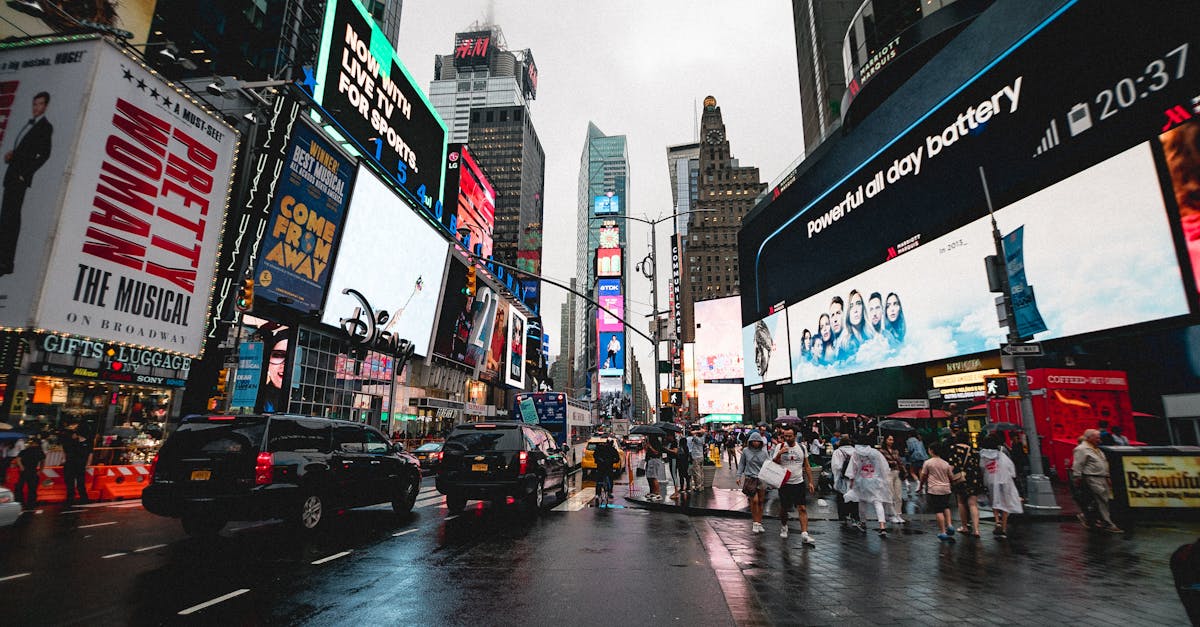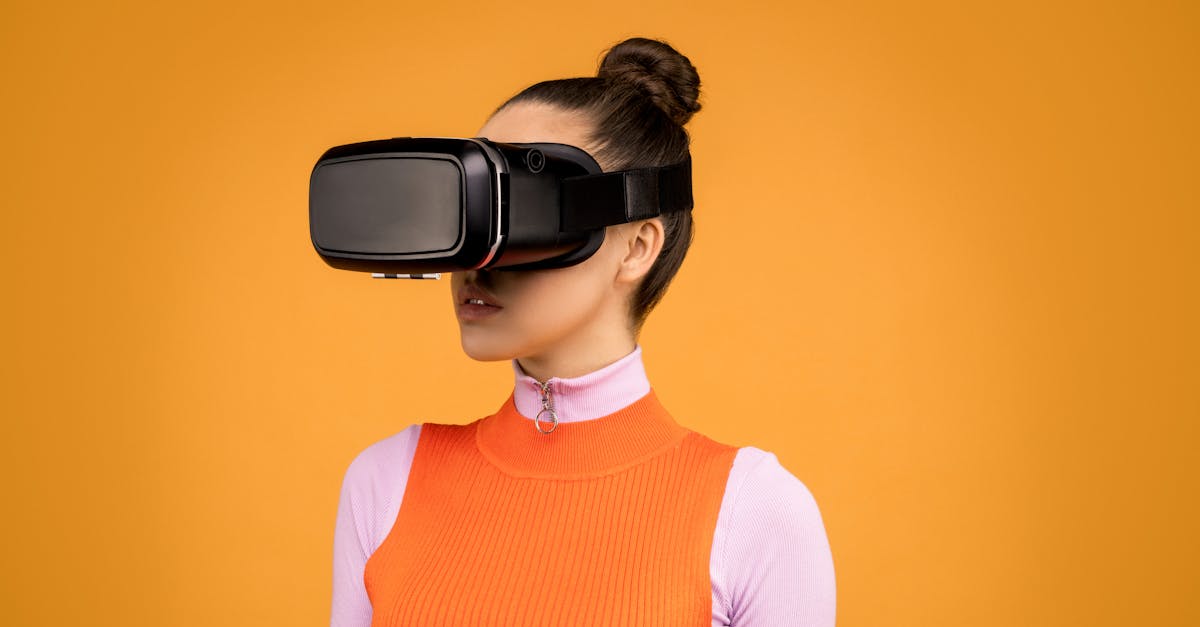Futuristic Fashion Forward Extravaganza
Introduction
The word "fashion" often evokes images of trendy styles, elegant designs, and innovative patterns. However, the concept of fashion is evolving rapidly as we step into the future. Futuristic fashion is not just about aesthetics; it's about technology, sustainability, and functionality converging into wearable art. In this ever-changing landscape, designers are pushing the boundaries of conventional fashion norms. How do technology-driven textiles, wearable devices, and eco-friendly materials shape our wardrobe's future? This article delves into the exciting world of futuristic fashion, exploring its key elements, driving forces, and potential impact on our lives.
Advertisement
The Rise of Technology-Enhanced Wearables
Technology has become an inextricable part of modern fashion, leading to the creation of many innovative wearables. Smart fabrics with embedded sensors are now making basic interactions like checking phone notifications or monitoring heart rates possible directly from clothing. Virtual reality integration allows consumers to try on clothes digitally, while augmented reality apps provide real-time style assistance. Moreover, 3D printing is revolutionizing garment creation, offering customizable fit and reducing fabric waste. These advancements symbolize how technology is enhancing not only the functionality but also the personalization of fashion.
Advertisement
Sustainable Fashion Trends
As the world grapples with environmental challenges, sustainability has become a focal point for the fashion industry. The use of biodegradable materials and eco-friendly fibers such as organic cotton, hemp, and bamboo is gaining momentum. Designers are adopting circular fashion principles, focusing on recycling and upcycling to minimize waste. Innovative concepts include clothing with modular components, allowing consumers to mix and match styles, reducing the need for excessive consumption. This sustainable shift hints at a future where fashion is both stylish and environmentally conscious.
Advertisement
The Influence of Artificial Intelligence
Artificial Intelligence (AI) is increasingly influencing how fashion is designed, marketed, and consumed. AI-powered algorithms analyze consumer data to predict fashion trends and personalize shopping experiences. Virtual stylists provide tailored recommendations, while digital assistants streamline the purchasing process. In the design realm, AI tools allow designers to experiment quickly with patterns and colors, maximizing creativity while saving time. With AI, the fashion industry is capable of more precision, efficiently bridging creativity and technological insight.
Advertisement
Innovative Materials of the Future
The development of novel materials is setting a new precedent for futuristic fashion. From self-cleaning fabrics to garments that change color with temperature variations, these materials are at the forefront. Synthetic spider silk, known for its strength and flexibility, is emerging as a durable alternative to conventional threads. Meanwhile, lab-grown leather offers an ethical substitute for animal products. This exploration into new materials exemplifies a move towards eco-efficient and intelligent fashion that adapts to the consumer's lifestyle needs.
Advertisement
Fashion and the Metaverse
The metaverse, a digital universe, is reshaping how consumers experience fashion. Virtual reality platforms host fashion shows, allowing attendees worldwide a front-row seat through their devices. Fashion brands are developing digital garments for avatars, aligning with gaming and online community trends. The concept of "digital fashion" pushes the barriers between physical and virtual economies, opening opportunities for immersive content creation and consumer engagement. As technology advances, the relationship between fashion and the metaverse is expected to deepen, broadening the horizons of creative exploration.
Advertisement
The Intersection of Fashion and Function
Futuristic fashion emphasizes the symbiosis between aesthetics and practicality. Designers are crafting garments that are not only fashionable but also multifunctional. Examples include jackets that charge electronic devices, backpacks with integrated solar panels, and heat-regulating sportswear. With the enhancement of comfort and utility, fashion no longer serves merely as a statement but as a vital component in our day-to-day reality. This shift signals an era where clothing integrates seamlessly into our technological lifestyle, blending function with flair.
Advertisement
Cultural Shifts and Fashion's New Role
The perception of fashion has transformed, tying deeply to cultural and societal dynamics rather than transient trends. Movements demanding diversity, inclusion, and body positivity are redefining fashion narratives. Designers create inclusive lines celebrating real-world sizes, shapes, and identities. This evolution marks a turning point, emphasizing that fashion reflects its wearer's individuality rather than projecting a one-size-fits-all ideal. In this light, futuristic fashion celebrates diversity, advocating an industry where all stories have a rightful place.
Advertisement
Challenges in Futuristic Fashion
Despite the excitement around futuristic fashion, it faces challenges such as high production costs and the digital divide. Smart textiles rely on expensive technology, limiting widespread accessibility. Furthermore, digital fashion depends on reliable internet access, potentially excluding those without resources. Cybersecurity is another concern, as wearables handling personal data risk breaches. Addressing these challenges requires collaborative efforts between tech companies, fashion brands, and policymakers, ensuring futuristic fashion is inclusive and secure for all.
Advertisement
Conclusion
Futuristic fashion is poised to revolutionize our relationship with clothing, blending technology, sustainability, and creativity. By advancing wearables, sustainable practices, and virtual worlds, fashion's frontier extends beyond mere trendsetting. Despite existing challenges, the potential for enriching both personal style and lifestyle is limitless. The industry's adaptability showcases a promising future where fashion reflects innovation, identity, and insight. As we look forward, the convergence of technology and fashion not only defines what's chic but also echoes the spirit of twenty-first-century progress.
Advertisement





